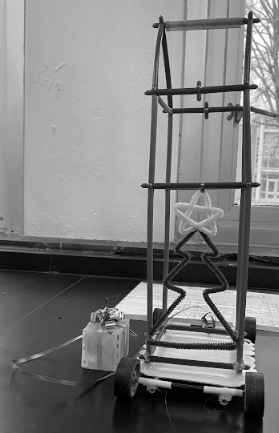Power naps improve ability to learn, studies show
February 16, 2021
Cat nap. Forty winks. Snooze. Power nap. Siesta. We all want them, but do they actually improve daily life?
Healthline, a provider of medical information, did a study to find a healthy relationship between midday napping and sleep at night. It was found that short naps, between 10-30 minutes, are largely beneficial. According to Dr. Abhinav Singh, a sleep medicine specialist, they “increase alertness, and improve cognitive performance, and improve mood for the rest of the day” (Healthline.com).
It is important to note however, that longer naps can be a symptom of a sleep disorder and can be unhealthy in the long run. Maintaining a sleep schedule of at least eight hours, in addition to a small 30-minute nap if needed is the perfect ratio to attain maximum focus.
However, this study was done mostly aimed towards the elderly, so does napping have the same effect for teens?
Short answer: yes. A University of Delaware researcher investigated this relationship, and how it can cure teen fatigue and even help with school performance. The science suggests napping is proven to enhance cognitive function in every age, which is why people feel like they have a “fresh start” in the morning. A short nap can do the same.
Cognitive function is imperative to one’s ability to learn, according to Medicalnewstoday, in addition to controlling behavior. In turn, sleep is able to maintain one’s ability to focus, learn, and control stressful emotions.
In fact, out of 174 students that attend North Harford High School, 114 of them said that they take naps throughout the school day that help them focus. One of these students is a junior named Alyssa Ireland, and she believes that this small amount of sleep has improved her grades. During the lunch break, Ireland lays down for about 20 minutes, since during the school day, she feels like she is “not really all there.” “My grades in the class I have right after lunch are better because of the fact I slept beforehand,” she explains.
Virtual learning allows for this schedule flexibility. Due to this relief afterwards, there are small petitions online (change.org) for high schoolers to have “nap time,” similar to kindergarteners.












